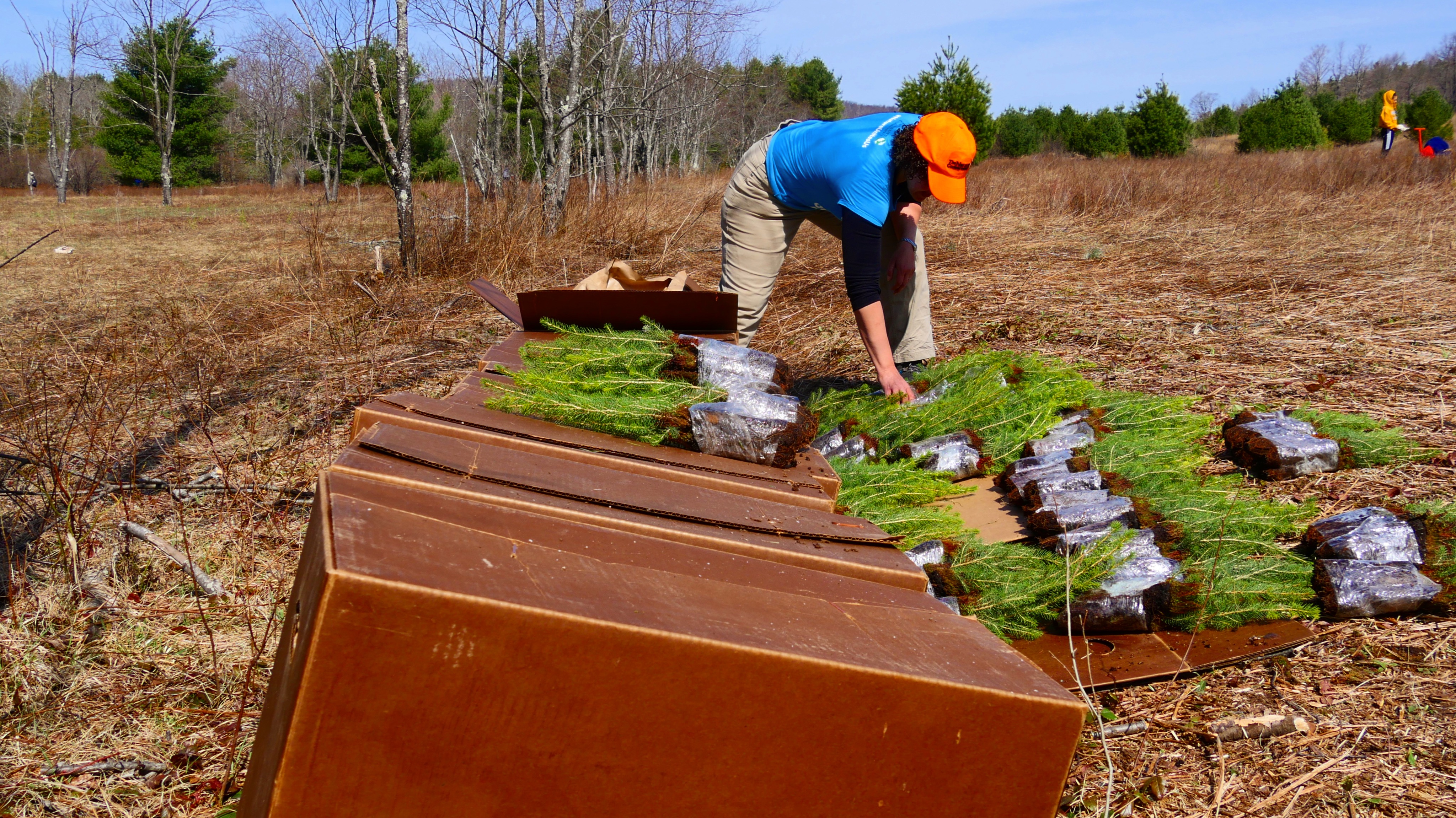Restoring Red Spruce Forests
New science is boosting TNC's 20-year effort to restore iconic red spruce forests in the Central Appalachians.
As cool, moist air kisses your skin, the very ground beneath your feet feels less than solid. A squelch sound accompanies every step, as spongey soil grabs at your feet. The vibration you felt first in your chest soon fills the air, and you realize your heart is fine, but there’s a ruffed grouse nearby on the forest floor, drumming its wings.
“It’s really a magical feeling,” says Kathryn Barlow, restoration manager for The Nature Conservancy’s Central Appalachian Program. Barlow is describing the experience of walking into a Central Appalachian red spruce forest, especially on a summer day.

Thousands upon thousands of people seek out these sensations every year. From West Virginia’s renowned Dolly Sods Wilderness to Virginia’s storied Clinch Mountain, some of our most scenic and popular mountain destinations are the highest. In such places, traveling up is like traveling north—to the boreal forests of New England and Canada. And the habitat that creates this otherworldly experience is the red spruce forest.
Unfortunately, these forests also proved irresistible to the timber industry during a time when forestry was far from sustainable. By the 1930s, a mere 10% remained—but innovative science and urgent needs to bolster climate resilience are offering new hope for restoration to succeed.
Seeds of Hope: Genetic Diversity Boosts Climate Resilience
For two decades, The Nature Conservancy and our partners have been replanting red spruce in the Central Appalachians. Plantings have been concentrated in West Virginia, home to the region’s largest share of surviving spruce habitat, along with key sites in western Maryland and, most recently, southwestern Virginia.
Restoration efforts have faced a two-pronged challenge: mature red spruce forests are scarce and fragmented, and this isolation has resulted in unnaturally low genetic diversity. More genetic diversity means a healthier forest—and that’s doubly important in the face of climate change.
Quote: Kathryn Barlow
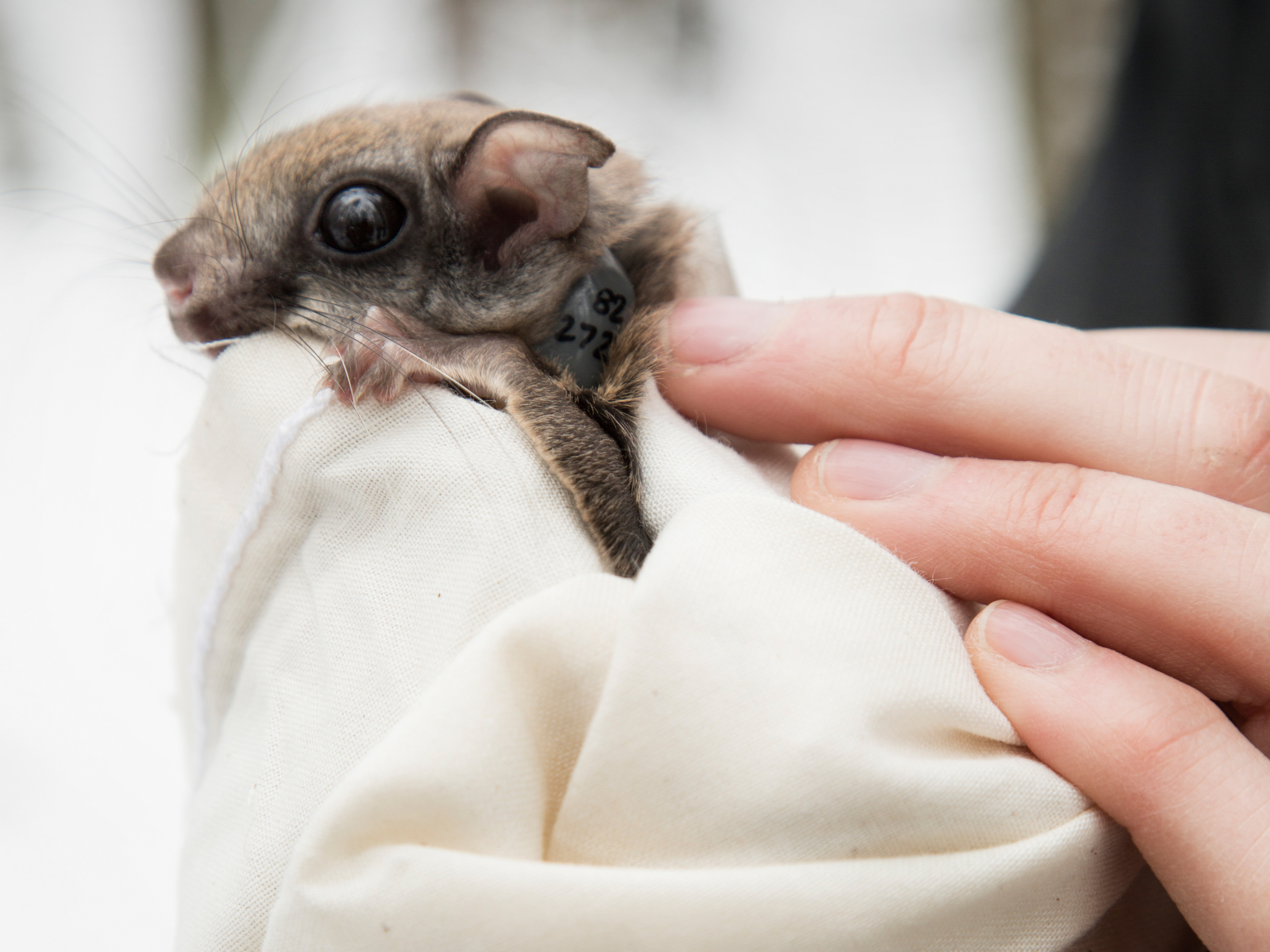
“When we talk about red spruce, we’re really talking about restoring an ecosystem.”
“When we talk about red spruce, we’re really talking about restoring an ecosystem,” says Barlow. These cool, moist environments harbor a distinctive array of plants and animals. Cheat Mountain salamanders, West Virginia Northern flying squirrels and snowshoe hares, to name a few, depend on these forests for survival.
Moreover, as hotter, drier conditions spread across lower elevations and more southern latitudes, we need larger, healthier red spruce forests as refuges for myriad wildlife moving to higher ground.
TNC has teamed up with the University of Vermont and contractor Dave Saville on a project to better the odds for these forests to keep pace with climate change. Saville, a founder of the Central Appalachians Spruce Restoration Initiative (CASRI), collects and processes seeds from areas that rank high in genetic diversity. He then works with nurseries to raise seedlings—about half a million in 2021.
Quote: Kathryn Barlow
“This effort has been an incredible example of how to connect science and practice to advance conservation.”
“Every four to six years tends to be a big cone year, and this was that year,” says Barlow. Cones are nature’s seed factories, so 2021’s bumper crop means that even more seedlings are likely to be available for several planting seasons ahead.
Planting, too, is guided by science. Seedlings are being planted where they can grow to link existing stands—and link habitats across private and public lands. In addition, we’re identifying stands where forestry prescriptions can spur the growth of spruce seedlings that have regenerated naturally.
Putting Down Roots
Where We're Restoring Red Spruce
-

Allegheny Front Preserve
Keeping intact one of the most important pinch points for landscape connectivity in the Central Appalachians. Explore Allegheny Front
-
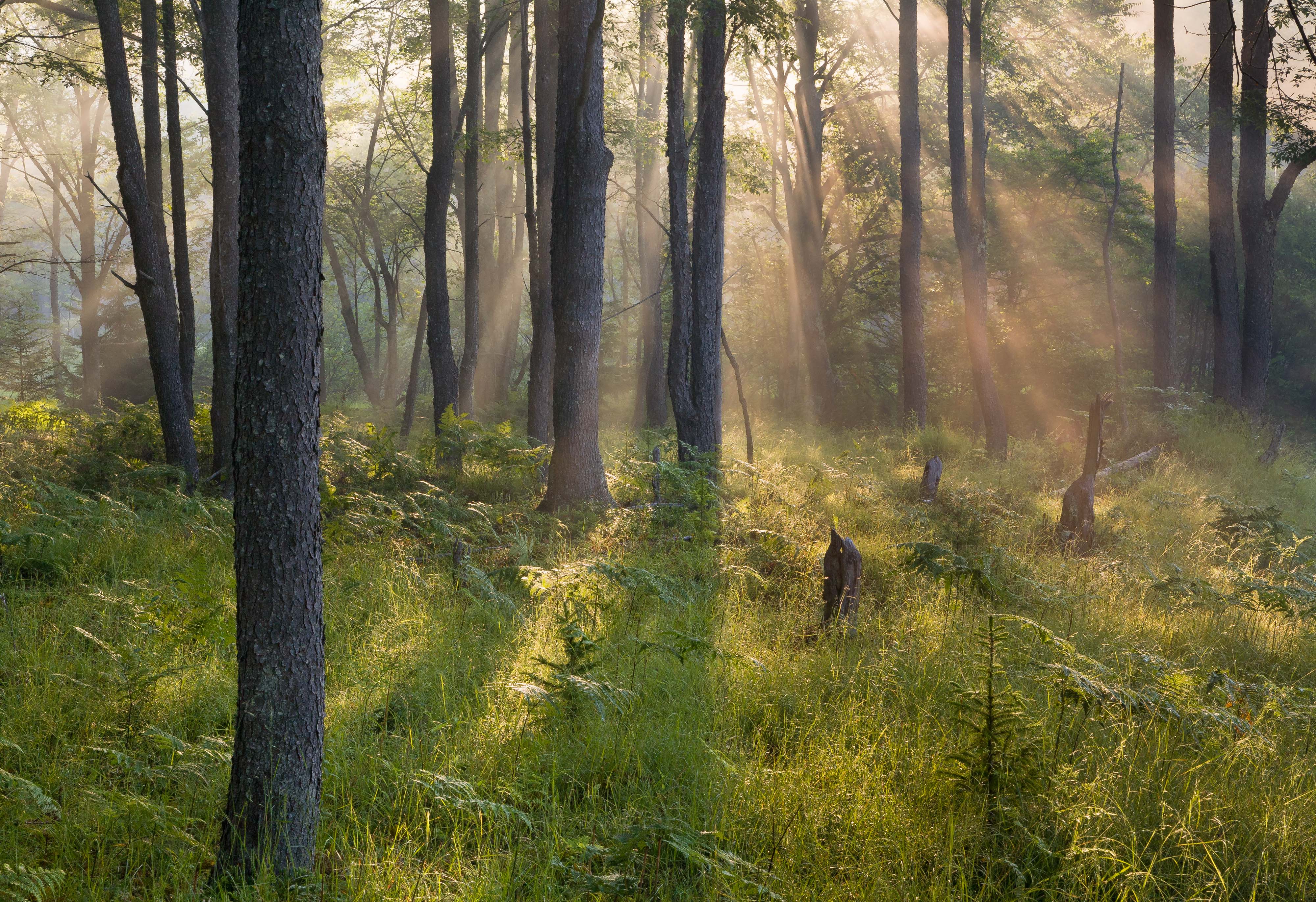
Canaan Valley
Planting Canaan balsam fir and red spruce, which will help restore areas to native conifer species that have been slow to regenerate naturally. Explore Canaan Valley
-
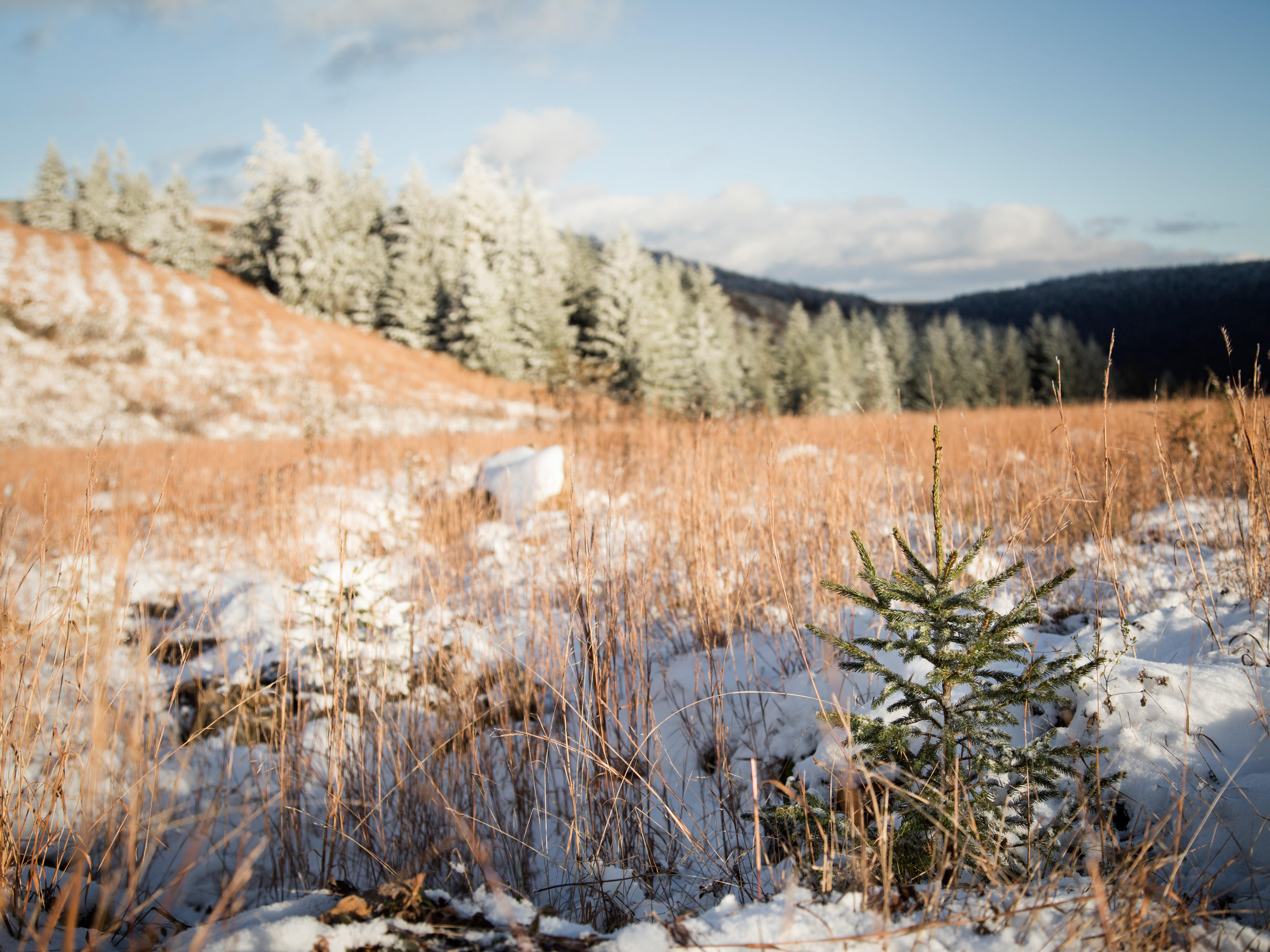
Cheat Mountain
Increasing restoration efforts at the Mower Tract by providing funds to plant up to 50,000 red spruce seedlings on areas disturbed by strip mining. Explore Cheat Mountain
-
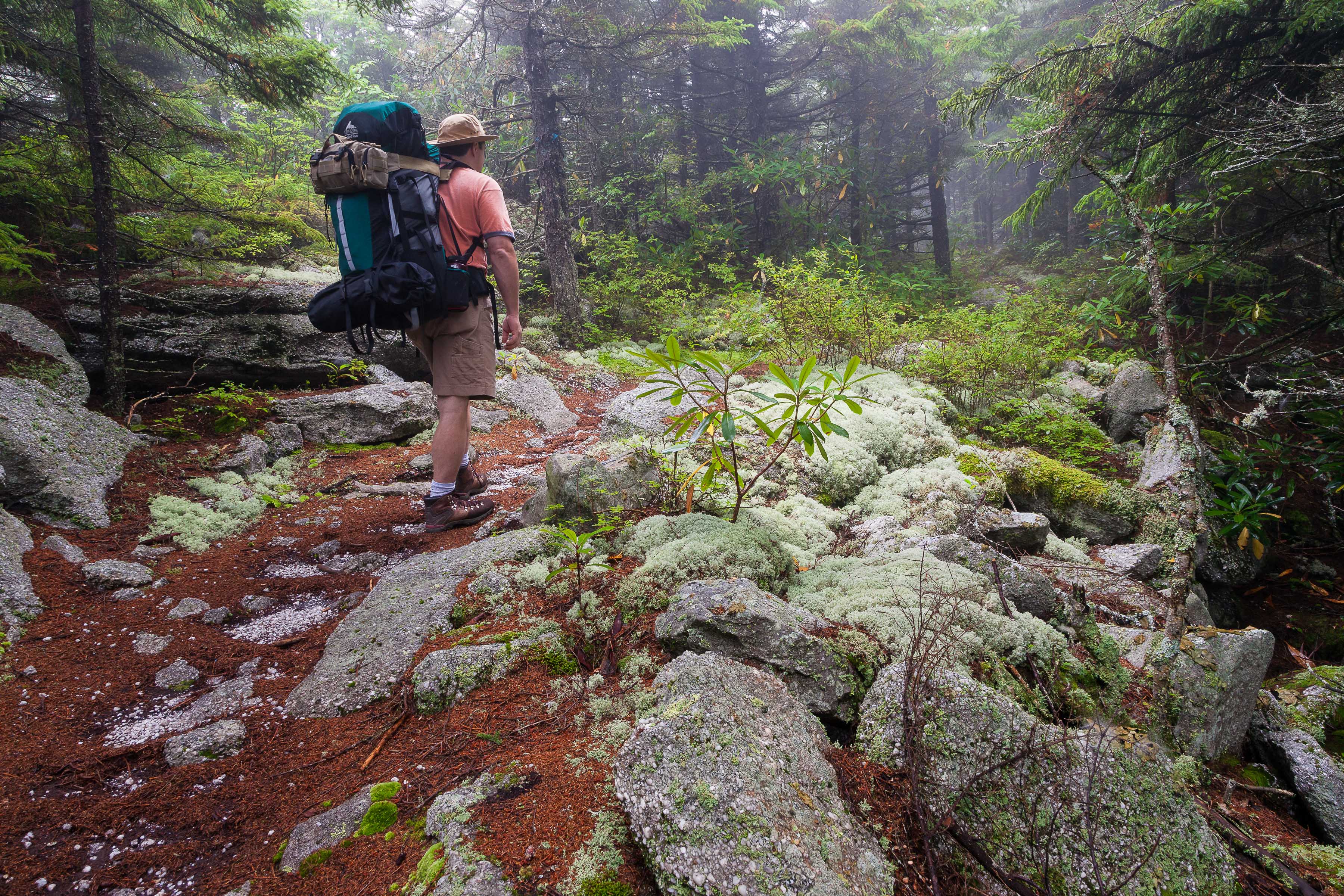
Clinch Mountain
Fostering public-private collaboration on red spruce restoration, starting with recent plantings of 25,000 seedlings spread across TNC’s Conservation Forestry easement at Rich Mountain and the state’s Clinch Mountain Wildlife Management Area. Explore Clinch Mountain
-
Cranesville Swamp
Restoring native conifer forests that help regulate temperature and maintain the “frost-pocket” effect that creates suitable habitat for species such as red spruce. Explore Cranesville Swamp
-

Finzel Swamp Presrve
Expanding restoration efforts in Western Maryland by planting more than 10,000 genetically diverse red spruce seedlings. Explore Finzel Swamp
-

Savage River State Forest
Planting genetically diverse red spruce at a demonstration site as part of TNC’s old-growth management project at Savage River State Forest. Explore Savage River State Forest
-
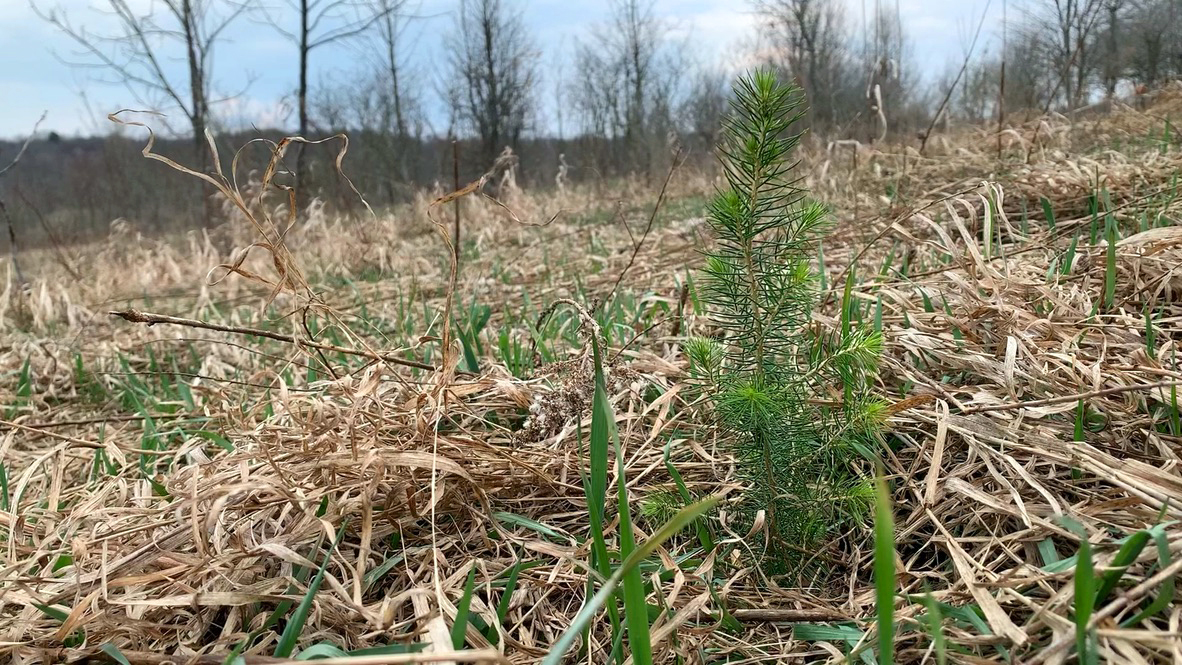
Sharp's Knob
Providing spruce and associated hardwood seedlings, as well as the funds to plant them, to the Marlinton-White Sulfur Ranger District of Monongahela National Forest. Explore the Monongahela
Thank You, Partners!
The Nature Conservancy thanks the many agencies, organizations and institutions who are contributing to the restoration of red spruce forests as partners in the Central Appalachians Spruce Restoration Initiative.
Stay in Touch
Subscribe to Nature News, our monthly e-newsletter. Get the latest news and updates about our conservation efforts both locally and around the world, delivered straight to your inbox.

